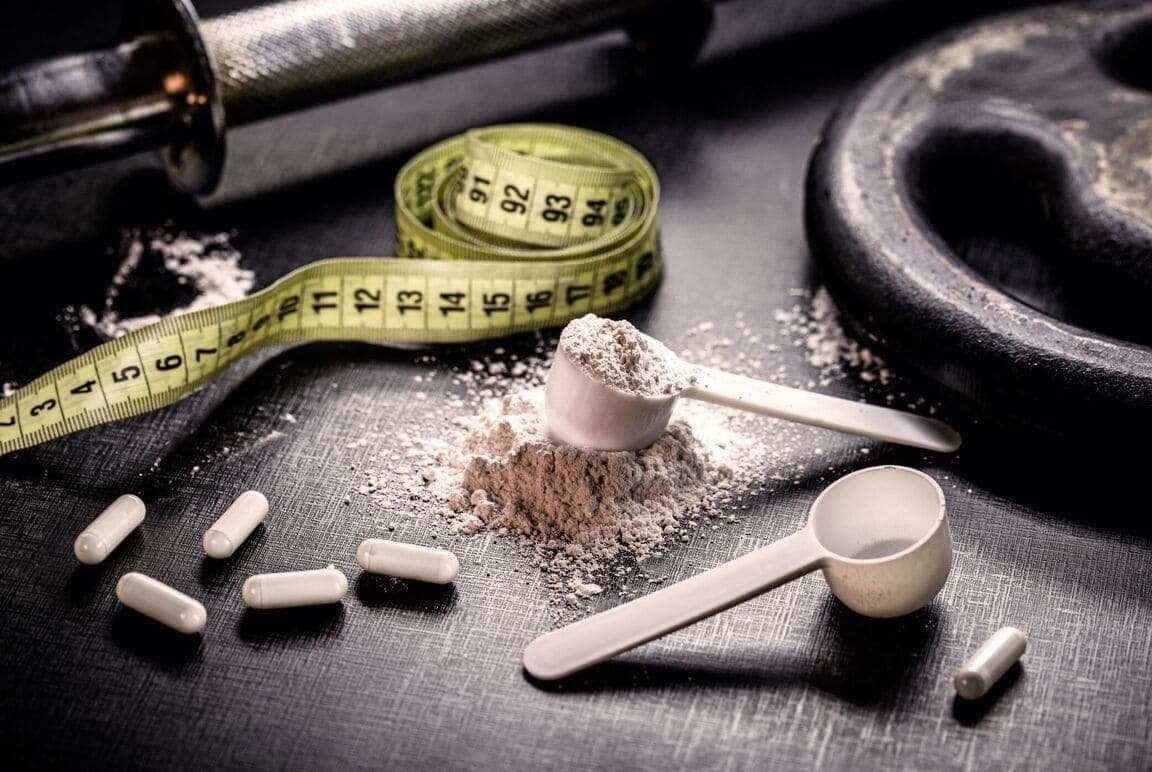What is Creatine
Creatine is a natural compound that boosts energy and muscle strength, commonly used to enhance athletic performance and support muscle growth. It's popular among athletes for improving endurance and recovery after workouts.
Introducing
Creatine
Creatine is a naturally occurring compound found in small amounts in certain foods and synthesized by the human body. It plays a crucial role in energy production, particularly during high-intensity, short-duration activities.
- Chemical Structure. Creatine is composed of three amino acids: arginine, glycine, and methionine.
- Natural Sources. Animal products (beef, pork, salmon), Trace amounts in some plants
- Body's Production. Produced primarily in the liver, kidneys, and pancreas, Average person produces about 1-2 grams per day
- Storage. 95% stored in skeletal muscles, 5% in the brain, liver, kidneys, and testes
- Function. Helps regenerate adenosine triphosphate (ATP), the primary energy currency of cells, Crucial for high-intensity, short-duration activities (e.g., weightlifting, sprinting)
Types of Creatine:
- Creatine Monohydrate (most common and well-researched)
- Creatine Ethyl Ester
- Creatine Hydrochloride
- Buffered Creatine
How Creatine Works:
- Creatine combines with phosphate to form creatine phosphate (phosphocreatine).
- During intense exercise, phosphocreatine donates its phosphate to ADP, reforming ATP.
- This rapid ATP regeneration allows for sustained high-intensity performance.
By supplementing with creatine, you can increase your body's creatine stores, potentially enhancing your ability to produce energy during intense activities.

Explore More Topics

Benefits of Creatine
Discover the many benefits of creatine for both athletes and everyday users.

How to use Creatine
A complete guide on how to correctly use creatine for optimal results.

Scientific Studies
Explore key scientific studies that support the use of creatine.